The 2010s: A Period of Pickups

We spend a lot of time discussing pickups on these digital pages, and with good reason. Pickups have quickly become the go-to vehicle for growing families, replacing sedans and wagons in that role, though crossovers and SUVs of varying sizes still garner the greatest market share.
With a proliferation of trim choices leading to ever-higher ATPs and hefty margins for those who build them, pickups remain a cash cow for many companies — at least, those capable of capturing the public’s attention. With data in hand, let’s look at the decade that was.
Thanks to market research figures from JATO Dynamics, we can track the pickup’s progress through the past ten years. It’s no surprise that the Ford F-150 remains the best-selling vehicle to this day, but it’s always interesting to put the model’s popularity into context by contrasting it not with another model, but with entire brands. Were the F-150 a brand unto itself, it would rank 9th in the U.S. market, slotted between Kia and Subaru.
Want more fun facts? U.S. consumers purchased more pickups between 2010 and September of this year, the tally outranks the total vehicles sold in either Russia or Canada. That said, in terms of market share, Canadian pickup popularity outranks American infatuation with the bodystyle. Over the past decade in the U.S., pickups averaged 14.6 percent of the new vehicle market; in Canada, the slice was 18.2 percent.
Your author remains dumbfounded that enough decent-paying jobs exist in the frozen north to support the trend, even taking into consideration low interest rates and the popularity of epoch-spanning loan periods.
On a global scale, pickups remain a minor player, despite increasing efforts to make them a mainstream choice. Worldwide, pickup market share over the past decade amounted to 3.7 percent.
In the U.S., the rising popularity of pickups over the last 10 years speaks to the country’s sustained economic health, as average transaction prices for the bodystyle rose more than 35 percent over the same period ($44,039 at last check). Between 2010 and September of this year, the pickup’s slice of the new-vehicle pie rose from 13.1 percent to 16.8 percent. In contrast, hatchbacks of all forms sank from 7 percent to 4.8 percent of the market.
Sedans, a common topic of conversation here at TTAC, fell from 38.9 percent of new U.S. vehicle sales in 2010 to 22.1 percent in the first nine months of this year. Filling the gap (and replacing that bodystyle in most American driveways) were SUVs and crossovers, which saw their take rise from 27.3 percent in 2010 to 46.8 percent in 2019.
Looking it another way, light trucks of any size or description saw their market share rise from 40.4 percent to 63.6 percent over the past 10 years.
Hungry for more pickup data? Let’s start with content. Plusher pickups are a well-documented trend, as this bodystyle is now more likely to see use as a daily driver or a family’s sole vehicle. As a result, leather upholstery was found in 27.3 percent of MY2019 trucks, up from 17.8 percent for the 2010 model year.
As creature comforts rise along with ATPs, other metrics are trending in positive directions. Among them, fuel economy and payload. Average thirst has seen a modest decrease over the past decade, with MPGs rising from 14.6 mpg to 17.8 mpg. Maximum payload rose from an average of 1,823 pounds to 2,186 in 2019, despite average engine size shrinking from 5.0 to 4.9 liters over the same period. Credit Ford for much of the displacement decrease.
How far can pickups penetrate into the new vehicle market? The coming decade will reveal the answer to that question. Numerous obstacles stand in the segment’s way, among them fuel efficiency mandates, rising sticker prices, and the inevitability of another economic downturn.
[Image: General Motors, Fiat Chrysler Automobiles]

More by Steph Willems
Latest Car Reviews
Read moreLatest Product Reviews
Read moreRecent Comments
- Tassos Tim is not that good with colors.The bright "pink" is not pink, but FUCHSIA. Both colors may look good on a woman's sweater, but not on steel panels.
- Tassos While I was a very satisfied owner of a much earlier Accord COupe 5 speed (a 1990 I owned from 1994 to 2016), I don't like the exterior styling of this one so much, in fact the 2017 sedan looks better. Or maybe it sucks in white. The interior of my 1990 was very high quality, this one looks so-so. The 157 k miles were probably easy highway miles. Still, Hondas are not Toyotas, and I remember the same service (like timing belt replacement) back then cost TWICE for an Accord than for a Camry. Add to this that it has the accursed CVT, and it's a no. Not that I am in the market for a cheap econobox anyway.
- 3-On-The-Tree My 2009 C6 corvette in black looks great when it’s all washed and waxed but after driving down my 1.3 mile long dirt road it’s a dust magnet. I like white because dust doesn’t how up easily. Both my current 2021 Tundra and previous 2014 Ford F-150 3.5L Ecobomb are white
- Bd2 Would be sweet on a Telluride.
- Luke42 When will they release a Gladiator 4xe?I don’t care what color it is, but I do care about being able to plug it in.




















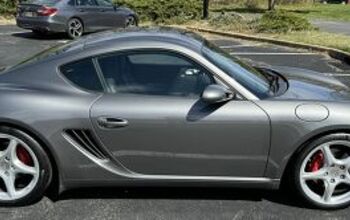

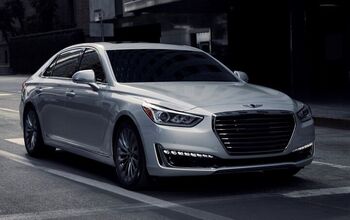
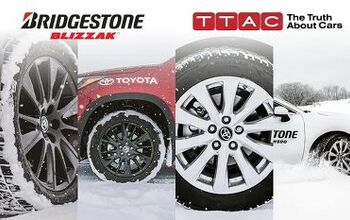
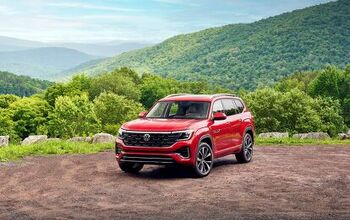
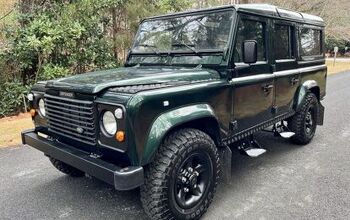
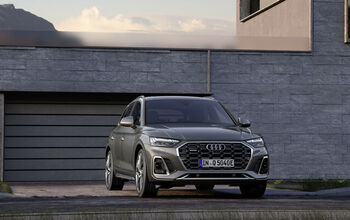
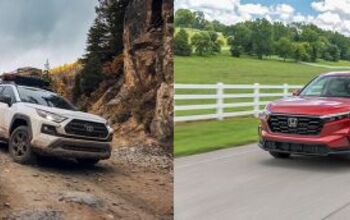
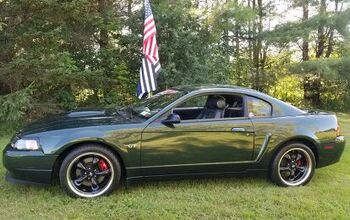
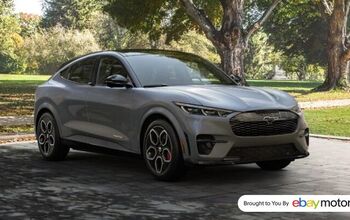

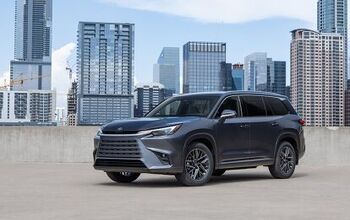
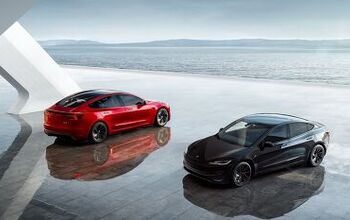

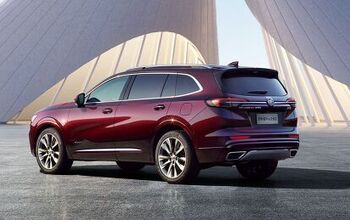
Comments
Join the conversation
I don't have anything against pickups since I still own one, but I do see them as a target for regulators whether they be Federal, State, or local. As metropolitan areas get larger there is pressure to add more regulations. I liked it better when pickups were not as popular because regulators were less interested in them and the cost of a new truck for the most part was considerably less expensive than a car but those days are long gone. In rural areas there is more space and the land is less expensive and less chance of trucks becoming regulated except for Federal emission, efficiency, and safety.
Pickups are very usable cars in all countries